Act Now - Limited Time Offer
$67 Pest Control

Chris Mosby
Pest Control Technician
Chris Barber
Pest Control Technician
Mackenzie Keene
Office Manager
The American dog tick, also known as the wood tick, is common throughout the U.S., except in the Rocky Mountain area. These ticks are brown with whitish-to-gray markings and can grow from 3/16” to 5/8” when engorged. They are oval and flattened in shape, with larvae having six legs and nymphs and adults having eight.
American dog ticks prefer to feed on domestic dogs but can also bite humans. They are known to carry diseases such as Rocky Mountain spotted fever. Exposure to these ticks is most likely in spring and early summer. It is important to check pets regularly and maintain a well-kept lawn to reduce the risk of tick infestations.
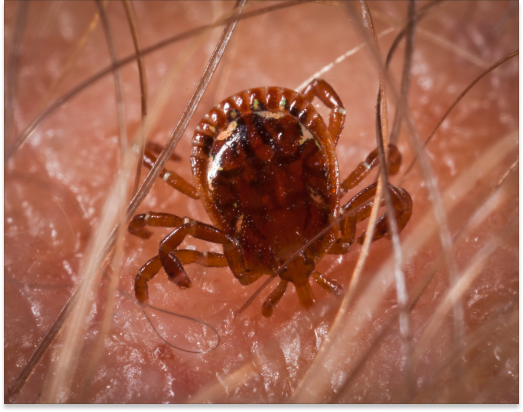
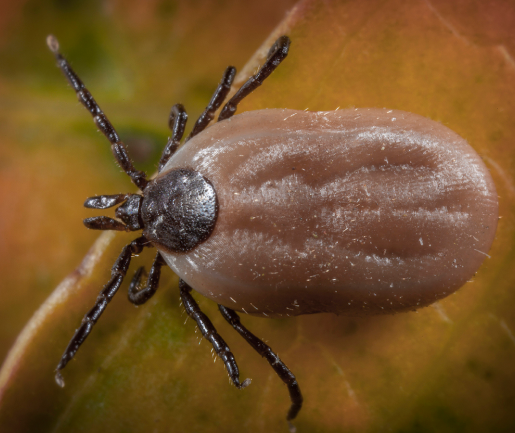
The Brown Dog Tick, known for its reddish-brown color, is commonly found on domestic dogs. These ticks thrive throughout the United States, especially in warmer California climates. Although they prefer dogs, Brown Dog Ticks can bite humans when canine hosts are unavailable.
Adult Brown Dog Ticks are about 1/8″ long, expanding to 1/2″ when engorged with blood. They have six legs as larvae and eight legs as nymphs and adults. Removing these ticks from your pets immediately is important to prevent potential health issues. Regularly check your pets, particularly in warm seasons, and clean their living areas to reduce tick infestations.
Pacific Coast ticks are common in shrublands, chaparral, and along trails from Oregon to Baja California. These ticks often bite humans and have a wide range of hosts. They are most active during cooler months, especially in April and May. Adult ticks prefer to feed on large mammals like cattle, horses, and deer but will also bite dogs and people.
These ticks can transmit several diseases. They are known to spread Rocky Mountain spotted fever, tularemia, and bovine anaplasmosis. They have also been linked to tick-bite paralysis in cattle, deer, and ponies. Up to 11% of adult Pacific Coast ticks carry the bacteria causing Pacific Coast tick fever, which can be mistaken for Rocky Mountain spotted fever in tests.
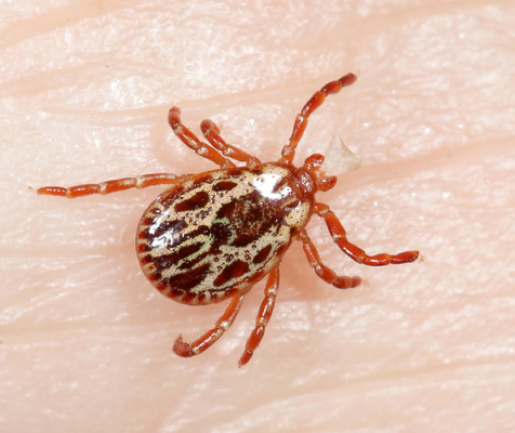
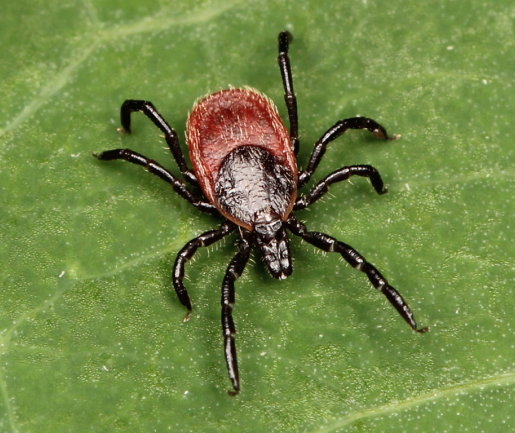
The Western Black-Legged Tick is common in Pacific Coast states and British Columbia. It is the main carrier of Lyme disease in these areas. This tick is often found in forests, grasslands, and areas near water. It can also be present in scrub-shrub habitats. They are closely related to the Eastern Black-Legged Tick but are found primarily on the West Coast.
Adult ticks are most active from early December through early summer. Nymphs are abundant in April, May, and June. They feed on small animals like lizards and rodents. These immature ticks rarely bite humans or pets. Keeping your yard clear of debris and maintaining vegetation can help reduce their presence.
Our tick control process begins with a thorough inspection of your property by our expert technician. They will search for tick hotspots in your yard, such as tall grass, bushes, and shaded areas. Identifying these areas is crucial to effective treatment. Our technician will assess the outdoor area, ensuring no potential tick habitats are missed.
The inspection also includes checking places where pets spend time, as these are common areas for ticks. In such a way, we can tailor our treatment to be most effective. This detailed inspection is the first step to ensuring a secure and protected tick-free environment for your home.

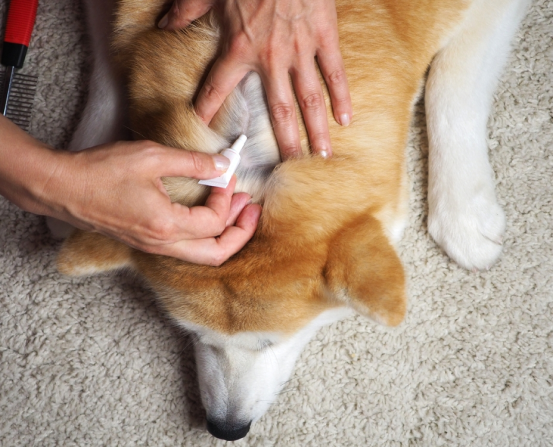
Our tick control process starts with clear communication. We ask whether you need indoor, outdoor, or both treatments. For single-family homes with pets, we usually recommend treating both areas. Understanding your specific needs helps us prepare the right treatment plan.
Next, our technician inspects your yard to find tick hotspots. We treat up to half an acre with moisture-activated granules that have long-lasting effects. If your yard is larger, we can cover additional areas for an extra charge. We use a B&G sprayer to apply a targeted solution for indoor treatments. This thorough approach ensures effective tick control from the start.
After the initial tick treatment, we provide a free two-week follow-up. This is to ensure that any newly hatched ticks are effectively eliminated. Our technician will re-inspect the treated areas indoors and outdoors to check for any signs of tick activity.
During the follow-up visit, our technician will reapply for treatments as needed. This helps to break the tick life cycle and prevent re-infestation. We aim to ensure your home and yard remain tick-free, providing peace of mind for you and your pets.

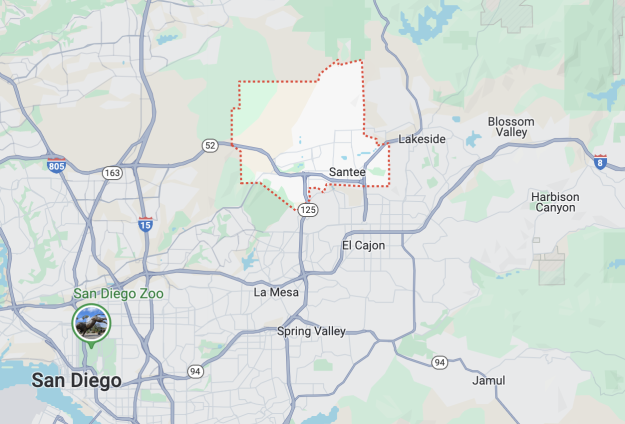
We’re here for Santee and its neighbors. Our team works hard to keep homes and businesses free from pests. We care deeply about these communities and always aim to give great service and results.
Limited time offer! Get $50 off your first pest control service.

Barrier Services
Santee Office
© Santee Pest Control 2024